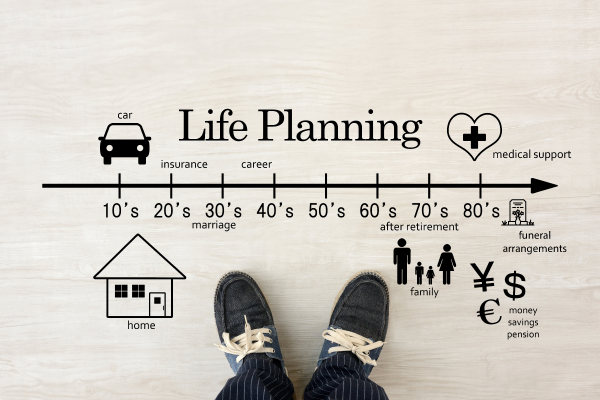A Guide to Prepaid Funerals: Plans, Costs, And How to Get Started
Nature's Symphony
Setting aside money to take care of any expected major expense is a smart thing to do, and a funeral is no different. The key is to understand the options available to you.
What is a Prepaid Funeral?
A prepaid funeral service is a set of cremation or burial arrangements made with our funeral home, as detailed as you desire, that have been paid before their time of need. There are different ways to do this, depending on your preferences and financial concerns.
More and more people are preplanning their funerals to spare their loved ones from having to make decisions and experience financial stress while grieving. And when you make your own arrangements, it can also save you money because you can specify the type of service you want.
What Expenses Does a Prepaid Funeral Typically Cover?
A prepaid cremation or burial plan is customized to include the services and goods you want for your funeral. For instance, you can include the funeral services, casket, flowers, merchandise, transportation and anything else you require.
Talk to Your Family About Your Funeral Plan.
Loved ones may put a lot of time into planning and prepaying their cremation or funeral but fail to complete the most important step: informing their family members. Sometimes they include the details in their will, but family members don’t typically read the will until after the service.
Either circumstance means that, despite your best attempt to help your loved ones get through a tough time, they will make arrangements and pay for them without knowing you’ve already taken care of the details. Regardless of how you choose to prepay for a cremation or burial, be sure your family members know about the arrangements and have copies of all the important papers.
How Newcomer Can Help.
Newcomer’s Advance Cremation and Burial Plan includes affordable payment options and access to family support with our team of professionals and aftercare resources. With your completed Helpful Guide for My Loved Ones, our Family Service Associate will ensure the funeral director – as well as a family member or friend – receives your burial or cremation plan when the time comes.
Still have questions? Our Family Service Associates can walk you through the process. You’ll be amazed at how easy it is to organize important documents and final requests, giving your family a clear plan to follow.
Contact us to preplan today.









